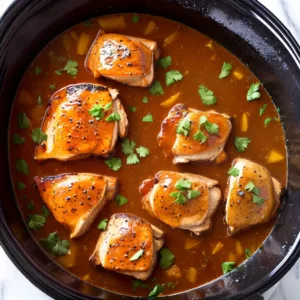As a meat lover, it’s essential to know how to determine if lamb has gone bad to ensure your safety and the quality of your meal. By understanding the signs of lamb spoilage, you can confidently assess the freshness of the meat and make informed decisions about its consumption.
When it comes to lamb, freshness is key. Here’s what you need to know about identifying spoilage and maintaining quality assurance:
Key Takeaways:
- Knowing how to tell if lamb has gone bad is crucial for food safety and quality assurance.
- Visual indicators of spoilage include a grey color, foul odor, sticky film, molding, and mushy spots on the surface of the lamb.
- Proper storage and handling techniques are essential for maintaining the quality of lamb meat.
- Rinsing the meat, refrigerating it within 30 minutes of purchase, and storing it in an airtight container or freezer-safe bag are recommended practices.
- Refrigerated lamb meat should be consumed within 3-4 days, while frozen lamb meat can be kept for 2-3 months.
How to Store Lamb Meat
Properly storing lamb meat is essential for maintaining its quality and freshness. Follow these guidelines to ensure optimal storage:
- Buy fresh lamb meat from a reputable butcher and refrigerate it within 30 minutes of purchase.
- Rinse the meat under clean water to remove any surface impurities, then pat it dry with paper towels.
- Store the lamb meat in an airtight container or a freezer-safe bag to prevent exposure to air and moisture.
- Place the container or bag in the refrigerator, setting the temperature between 32°F (0°C) and 40°F (4°C).
- Refrigerated lamb meat should be consumed within 3-4 days to ensure optimal freshness and flavor.
- If you don’t plan to use the lamb meat within the recommended timeframe, you can freeze it.
- Wrap the lamb meat tightly in freezer paper or aluminum foil before placing it in a freezer-safe bag.
- Frozen lamb meat can be kept for 2-3 months, but for the best flavor and texture, consume it within 4 months.
Storing lamb meat properly will help to maintain its quality, preventing spoilage and ensuring a delicious dining experience.
How to Use Frozen Lamb Meat
When it comes to using frozen lamb meat, proper thawing and cooking techniques are essential to ensure a delicious and safe meal. Thawing the meat correctly helps to retain its original texture and flavor. The best method for thawing frozen lamb meat is to place it in the refrigerator. This slow and steady thawing process ensures even defrosting and preserves the quality of the meat.
If you’re short on time and need to thaw the lamb more quickly, you can use the microwave. However, make sure to follow the microwave’s defrosting settings and guidelines to prevent uneven cooking or partially cooked spots. It’s important to note that microwaving can slightly affect the texture of the meat, so it’s always best to thaw in the refrigerator if possible.
Once the lamb meat is thawed, be sure to inspect it for any signs of spoilage before cooking. Look for the visual indications mentioned earlier, such as a change in color or the presence of a slimy film. If any of these signs are present, it is best to discard the meat to ensure food safety.
Now that your lamb meat is thawed and inspected, you’re ready to cook it according to your desired recipe. Whether you prefer grilling, roasting, or braising, follow the cooking instructions carefully to achieve the best results. And don’t forget to season your lamb with herbs, spices, and marinades to enhance its natural flavor.
How to Tell if Lamb Is Bad – Signs of Spoilage
When it comes to ensuring the quality and safety of lamb meat, it’s essential to be able to recognize the signs of spoilage. By using your senses, you can easily determine if lamb has gone bad. Here are some key indicators to look out for:
- Gray Color: Fresh lamb meat should have a vibrant red color. If you notice that the meat has turned gray, it’s a clear sign of spoilage.
- Foul Odor: While lamb meat does have a distinct smell, spoiled lamb will emit a foul odor that is different from the usual meaty scent.
- Slimy Film: If you observe a slimy or sticky film on the surface of the lamb, it indicates bacterial growth and spoilage.
- Molding: Visible mold growth on the lamb meat is a clear indication that it has gone bad and should not be consumed.
If you come across any of these signs of spoilage, it’s best to err on the side of caution and discard the lamb meat. Consuming spoiled lamb can lead to food poisoning and unpleasant symptoms, so it’s important to prioritize food safety.
Remember, proper storage and handling techniques, as discussed in previous sections, play a crucial role in maintaining the quality of lamb meat and reducing the risk of spoilage. By being vigilant and aware of the signs of spoilage, you can enjoy fresh and delicious lamb in your meals.
Table: Signs of Lamb Spoilage
| Signs of Spoilage | Description |
|---|---|
| Gray Color | The meat has turned gray instead of the usual vibrant red. |
| Foul Odor | The meat emits a foul smell that is different from the usual meaty scent. |
| Slimy Film | A slimy or sticky film is present on the surface of the meat. |
| Molding | Visible mold growth is observed on the meat. |
What Happens When You Eat Bad Lamb?
Eating bad lamb can lead to discomfort and even food poisoning. Symptoms can vary depending on the level of spoilage and the presence of harmful bacteria or toxins. If you consume spoiled lamb, you may experience abdominal cramping, diarrhea, and nausea. These symptoms are often the result of bacterial contamination, such as from Escherichia coli or Salmonella. In severe cases, food poisoning can cause high fever, vomiting, and loose bowel movements.
If you suspect that you have eaten bad lamb and are experiencing symptoms, it is important to seek medical attention. While most cases of food poisoning resolve on their own within a few days, severe symptoms can require medical intervention and treatment. It is better to err on the side of caution and consult a healthcare provider.
Preventing foodborne illnesses caused by bad lamb starts with proper food handling and storage. Ensuring that lamb is stored at safe temperatures and consumed within the recommended timeframes can significantly reduce the risk of spoilage. Additionally, thoroughly cooking lamb to its recommended internal temperature can help kill harmful bacteria that may be present in the meat.
Remember, when it comes to food safety, it is always better to be safe than sorry. Taking precautions and being aware of the signs of spoilage can help protect you and your loved ones from the potential risks associated with eating bad lamb.
Table: Symptoms of Food Poisoning from Bad Lamb
| Symptoms | Common | Severe |
|---|---|---|
| Abdominal cramping | ✔ | ✔ |
| Diarrhea | ✔ | ✔ |
| Nausea | ✔ | ✔ |
| Vomiting | ✘ | ✔ |
| High fever | ✘ | ✔ |
| Loose bowel movements | ✘ | ✔ |
Lamb Genetics and Quality
When it comes to lamb meat, genetics play a significant role in determining its overall quality. The breeding stock selected for producing lambs with desirable traits is crucial. One important aspect to consider is muscle size. Consumers often prefer lambs with appropriate muscling, as it can contribute to the overall tenderness and flavor of the meat.
However, it’s important to note that genetics carrying the Callipyge gene should be avoided. This gene can negatively impact the tenderness of lamb meat, making it less desirable. Therefore, selecting breeding stock with the desired muscle characteristics while avoiding the Callipyge gene is essential to ensure high-quality lamb.
By carefully considering genetics and breeding practices, producers can cultivate lambs that meet consumer expectations in terms of muscle size, tenderness, and overall quality.
Table: Lamb Genetics and Quality
| Genetic Factor | Impact on Lamb Quality |
|---|---|
| Muscle Size | Affects tenderness and flavor |
| Callipyge Gene | Decreases tenderness |
“Genetics play a role in lamb quality. Breeding stock with appropriate muscling is preferred by consumers. However, it is important to avoid genetics that carry the Callipyge gene, as it can decrease tenderness in lamb meat. Select breeding stock with the desired muscle characteristics to ensure high-quality lamb.”
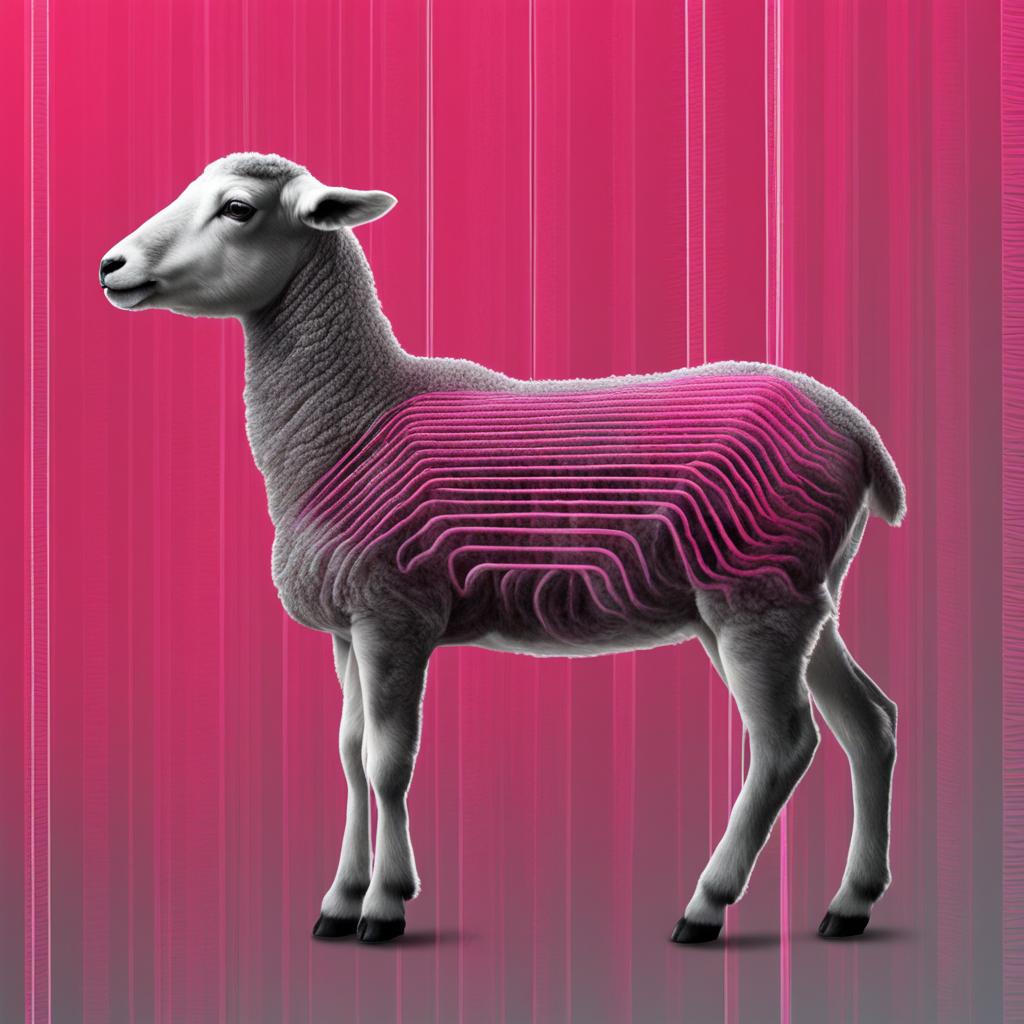
By understanding the influence of genetics on lamb quality, producers can make informed decisions when selecting breeding stock. This knowledge empowers them to cultivate lambs with desirable muscle characteristics, resulting in high-quality and flavorful meat that meets consumer expectations.
Feeds and Lamb Flavor
Feeding practices have a significant impact on the flavor of lamb. The type of feed that lambs consume can influence the taste and overall eating experience. Two common types of feed for lambs are forage and grain. Each has its own distinct effect on the flavor profile of the meat.
When lambs are finished on a high forage diet, the resulting meat tends to have a more intense and robust flavor. Forage-based diets can include grass, hay, or other types of vegetation. These feeds contribute to the development of unique flavors and aromas in the meat. The natural elements found in forage can create a more complex and desirable taste.
In contrast, lambs finished on a grain diet can produce meat with a milder and sweeter flavor. Grain-based feeds can include corn, barley, or other grains. These feeds offer a consistent and controlled nutrient profile, resulting in a more uniform flavor. Grain feeding can also lead to meat with a tender and juicy texture.
| Type of Feed | Flavor Profile |
|---|---|
| Forage | Intense and robust |
| Grain | Milder and sweeter |
“The type of feed that lambs consume can have a significant impact on the flavor of the meat. Forage-based diets provide a more intense and complex taste, while grain-based diets result in a milder and sweeter flavor.” – Expert Chef
When deciding on the type of feed to use, it’s essential to consider customer preferences and market demands. Some consumers may prefer the distinctive flavors brought out by forage-based feeding, while others may enjoy the more subtle and tender qualities of grain-fed lamb. By understanding your target market and producing the desired flavor profile, you can cater to the preferences of your customers and enhance their dining experience.
Growth Rate and Lamb Quality
When it comes to lamb quality, the growth rate of lambs plays a role, but it doesn’t significantly affect tenderness. The key is to maintain a consistent growth rate throughout the finishing phase to ensure the best possible meat quality. Lambs that are fed at a faster rate may have more tender meat due to collagen degradation. However, it’s important to note that the amount of intramuscular fat, or marbling, in the meat will depend on the ration fed to the lambs.
While a faster growth rate can contribute to more tender meat, it’s crucial to balance this with other factors such as muscle development and marbling. The goal is to produce lamb meat that is not only tender but also has the right amount of intramuscular fat to enhance flavor and juiciness. This requires careful management of the lamb’s feed and growth rate.
Table: Comparison of Lamb Growth Rates and Meat Quality
| Growth Rate | Tenderness | Intramuscular Fat |
|---|---|---|
| Fast | May contribute to increased tenderness due to collagen degradation | Depends on the ration fed; can vary |
| Consistent | Maintains stability in tenderness | Depends on the ration fed; can vary |
As shown in the table, a consistent growth rate can help maintain stability in tenderness regardless of the specific rate. However, it’s important to note that the tenderness and intramuscular fat levels can still vary depending on the ration fed to the lambs. Therefore, a well-balanced feeding program that considers the desired tenderness and flavor profile is essential in producing high-quality lamb meat.
Body Condition and Lamb Quality
Ensuring optimal body condition in lambs is essential for producing high-quality meat. The body condition of a lamb refers to its overall fat cover, which plays a significant role in determining tenderness and flavor. Lambs with an appropriate amount of fat cover yield carcasses with desirable sensory qualities, such as juiciness and tenderness. Adequate fat cover also helps prevent cold shortening, which is a quality defect caused by rapid chilling. Balancing the fat content is crucial to ensure the best eating experience for consumers.
When determining the body condition of lambs, it’s important to assess the distribution of fat across the carcass. Different parts of the lamb may have varying levels of fat cover. For example, the loin and rib areas tend to have higher fat cover compared to the leg and shoulder. Understanding these differences allows producers to choose the right cuts of lamb based on their desired fat content and eating experience.
To achieve the desired body condition in lambs, proper feeding and management practices are key. Providing a balanced diet that includes both forage and grain can help develop the right amount of fat cover. Additionally, monitoring lamb growth and adjusting feed rations accordingly ensures that lambs reach the desired body condition at the appropriate time for market. Regular body condition scoring can also provide valuable insights into the effectiveness of the feeding program and allow for adjustments as needed.
In conclusion, maintaining the appropriate body condition in lambs is crucial for producing high-quality meat. Adequate fat cover contributes to tenderness, flavor, and overall eating experience. By implementing proper feeding, management, and monitoring practices, lamb producers can ensure that their lambs reach the desired body condition, resulting in premium quality meat for consumers to enjoy.
Husbandry Practices and Lamb Quality
When it comes to ensuring high-quality lamb, husbandry practices play a crucial role. One important aspect is stress reduction during handling and transport. Stress can deplete glycogen levels in the muscles, leading to higher pH levels and decreased meat quality. To manage glycogen reserves and improve meat quality, it’s essential to implement proper pre-slaughter practices.
Appropriate rest periods and access to water are key factors in minimizing stress levels in lambs. Giving lambs enough time to calm down before slaughter helps maintain meat tenderness and flavor. Water availability ensures proper hydration, reducing stress and promoting healthy muscle function. These practices not only contribute to better meat quality but also promote animal welfare.
By implementing stress reduction techniques, such as providing a calm and quiet environment during handling and transport, the overall quality of lamb can be significantly enhanced. This helps to ensure that consumers enjoy tender, flavorful, and safe meat products.
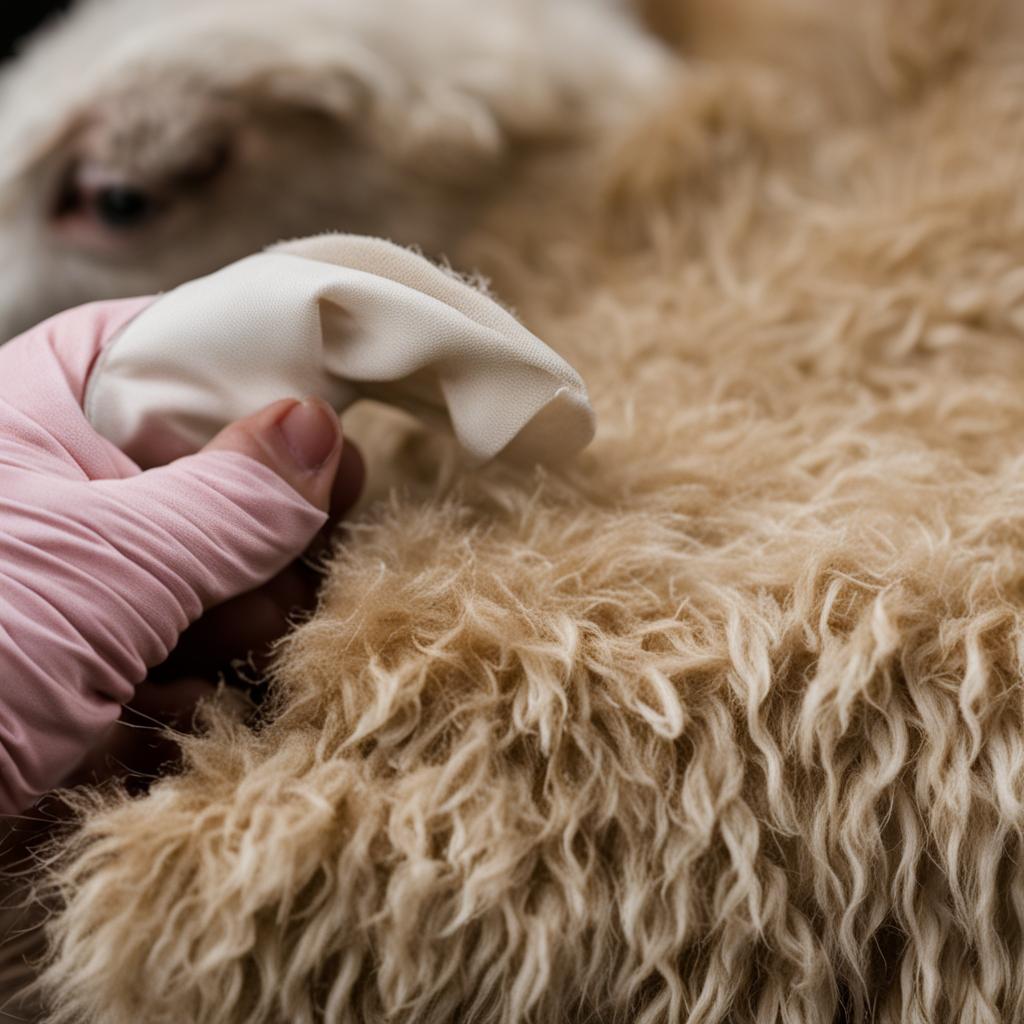
| Husbandry Practices | Benefits |
|---|---|
| Minimizing stress during handling and transport | Reduces glycogen depletion and maintains meat quality |
| Implementing proper rest periods | Promotes calmness and improves tenderness and flavor |
| Providing access to water | Ensures hydration, reduces stress, and maintains healthy muscle function |
By emphasizing the importance of husbandry practices in maintaining lamb quality, producers can contribute to a positive consumer experience. Prioritizing stress reduction and implementing proper pre-slaughter practices ultimately leads to superior lamb meat on the dinner table.
Lamb Grading and Quality
When it comes to lamb, grading plays a crucial role in determining its quality. While lamb grading is voluntary, USDA-graded lamb provides consumers with a reliable way to assess the tenderness, juiciness, and flavor of the meat. The grading system classifies lamb as Prime, Choice, or Good based on these important characteristics.
“USDA-graded lamb ensures consistent quality for consumers.”
Prime-grade lamb is the highest quality, known for its exceptional tenderness, juicy texture, and rich flavor. It is often favored by chefs and enthusiasts who seek the best eating experience. Choice-grade lamb, while slightly lower in quality compared to Prime, still offers excellent flavor and tenderness. Good-grade lamb, on the other hand, may be more suitable for ground lamb or processed meat products.
To make an informed choice when selecting lamb, understanding the grading system can help guide your decision. Whether you’re looking for a melt-in-your-mouth tender cut or a flavorful option for your favorite lamb dish, the grading system provides valuable information to meet your preferences.
| Grade | Tenderness | Juiciness | Flavor |
|---|---|---|---|
| Prime | Exceptional | High | Rich and full-bodied |
| Choice | Excellent | Medium | Flavorful |
| Good | Good | Medium | Versatile for ground or processed meat |
Selecting and Handling Lamb
When it comes to selecting lamb, there are a few important factors to consider to ensure the best quality and freshness. Look for fine-textured and firm meat with a vibrant red color and white marbling. The fat trim should be firm but not excessively thick. These visual cues indicate a well-raised and properly aged lamb.
Proper handling of lamb is crucial to maintain its quality. To prevent cross-contamination, it’s important to store raw lamb separately from other foods. Use separate cutting boards and utensils for raw lamb to avoid the spread of bacteria. Additionally, avoid rinsing raw lamb before cooking, as this can increase the risk of bacterial contamination.
“When selecting lamb, look for fine-textured and firm meat with red coloring and white marbling.”
Following recommended storage guidelines is also essential. Lamb should be stored in the refrigerator within 30 minutes of purchase. Keep it in an airtight container or freezer-safe bag to prevent exposure to air, which can cause flavor and texture changes. Refrigerated lamb should be consumed within 3-4 days, while frozen lamb can be kept for 2-3 months. However, it’s best to use frozen lamb within 4 months to maintain optimal quality.
| Selection Criteria | Signs of Quality | Handling Tips |
|---|---|---|
| Texture | Fine-textured and firm meat | Use separate cutting boards and utensils for raw lamb |
| Color | Vibrant red with white marbling | Avoid rinsing raw lamb before cooking |
| Fat Trim | Firm but not excessively thick | Store raw lamb separately from other foods |
By carefully selecting and handling lamb, you can ensure its quality and freshness. These practices not only contribute to better-tasting meals but also promote food safety by minimizing the risk of contamination. Remember to follow proper storage guidelines, use separate utensils for raw lamb, and consume refrigerated and frozen lamb within recommended timeframes.
Conclusion
In conclusion, maintaining the quality of lamb meat is essential for both food safety and an enjoyable dining experience. By understanding the signs of spoilage, such as changes in color, foul odor, slimy film, and molding, consumers can confidently identify and discard any spoiled lamb. Proper storage and handling techniques, such as refrigeration within 30 minutes of purchase and using airtight containers, help preserve the freshness of lamb meat.
Thawing frozen lamb meat in the refrigerator is the recommended method to retain its original texture and flavor. However, if time is limited, microwaving can be a convenient alternative. Always inspect thawed meat for any signs of spoilage before cooking. Following these steps and cooking lamb meat as usual ensures a safe and delicious meal.
Remember, genetics, feeds, growth rate, body condition, husbandry practices, and lamb grading all contribute to the quality of lamb. Selecting lamb with the desired characteristics and implementing stress reduction techniques during handling and transport can enhance the tenderness and flavor of the meat. Understanding lamb grading can also guide consumers in choosing the right lamb for their preferences.
In summary, proper storage, handling, and regular inspection are vital for maintaining the quality of lamb meat. By following recommended guidelines and being aware of signs of spoilage, consumers can enjoy high-quality lamb while avoiding any potential health risks associated with consuming spoiled meat.
FAQ
How can I tell if lamb meat has gone bad?
Signs of spoilage in lamb meat include a distinct gray color, foul odor, slimy film, and molding. If you notice any of these signs, it is best to discard the meat.
How should I store lamb meat?
After purchasing lamb meat, refrigerate it within 30 minutes. Rinse the meat under clean water, pat dry, and store it in an airtight container or freezer-safe bag. Refrigerated lamb meat should be consumed within 3-4 days, while frozen lamb meat can be kept for 2-3 months.
How do I use frozen lamb meat?
Thaw frozen lamb meat in the refrigerator for best results. You can also defrost it in the microwave if needed. Once thawed, inspect the meat for any signs of spoilage before cooking. Follow your desired recipe and cook the lamb meat as usual.
What are the signs of spoilage in lamb meat?
Signs of spoilage in lamb meat include a distinct gray color, foul odor, slimy film, molding, and mushy spots on the surface.
What happens if I eat bad lamb?
Eating bad lamb can result in abdominal cramping, diarrhea, nausea, and in severe cases, acute food poisoning with symptoms such as high fever, vomiting, and loose bowel movements. If you suspect you have consumed bad lamb, seek medical attention.
How do genetics affect lamb quality?
Genetics play a role in lamb quality. Breeding stock with appropriate muscling is preferred, while genetics carrying the Callipyge gene should be avoided as it can decrease tenderness in lamb meat.
How does feed affect lamb flavor?
The type of feed lambs consume can affect their flavor. Lambs finished on a high forage diet will have a more intense flavor compared to those finished on a grain diet. The decision on what type of feed to use should be based on customer preferences.
Does the growth rate of lambs affect tenderness?
The growth rate of lambs doesn’t significantly affect tenderness. However, lambs fed faster may have more tender meat due to collagen degradation. The amount of intramuscular fat, or marbling, will depend on the ration fed to the lambs.
How important is body condition in lamb quality?
Lambs should be marketed when they reach the desired body condition or finish. Adequate fat cover is important for high-quality carcasses with desirable sensory qualities and to prevent cold shortening.
How do husbandry practices impact lamb quality?
Minimizing stress during handling and transport is crucial to maintaining meat quality. Stress can deplete glycogen levels in the muscles, leading to higher pH levels and decreased meat quality. Proper pre-slaughter practices can help manage glycogen reserves and improve meat quality.
What is lamb grading for quality?
Lamb grading is voluntary and classified as Prime, Choice, or Good based on tenderness, juiciness, and flavor. These grades ensure consistent quality for consumers.
How should I select and handle lamb?
When selecting lamb, look for fine-textured and firm meat with red coloring and white marbling. Handle lamb safely to prevent cross-contamination. Follow proper storage guidelines, use within recommended timeframes, and refrain from rinsing raw lamb before cooking.
Is there a conclusion about lamb quality and spoilage?
Proper storage, handling, and regular inspection are essential for maintaining the quality of lamb meat. Recognizing the signs of spoilage is crucial for food safety. By following recommended storage and cooking methods, consumers can enjoy high-quality lamb and avoid any potential health risks associated with spoiled meat.
Source Links
- https://foodsguy.com/how-to-tell-if-lamb-is-bad/
- https://extension.psu.edu/factors-affecting-lamb-quality-and-value
- https://www.fsis.usda.gov/food-safety/safe-food-handling-and-preparation/meat/lamb-farm-table
Related Recipes:
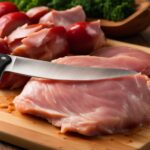 How to Tell if Meat is Bad: Ensuring Freshness
How to Tell if Meat is Bad: Ensuring Freshness
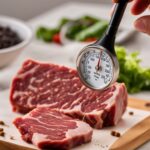 How to Tell if Ground Pork is Bad: Health Guidelines
How to Tell if Ground Pork is Bad: Health Guidelines
 Spotting Bad Lemons: What to Look For
Spotting Bad Lemons: What to Look For
 How Long Can Yogurt Sit Out? Guidelines and Safety
How Long Can Yogurt Sit Out? Guidelines and Safety
 How to Tell if Jelly Has Gone Bad: Preserving Quality
How to Tell if Jelly Has Gone Bad: Preserving Quality
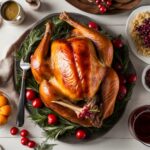 Identifying a Bad Whole Turkey
Identifying a Bad Whole Turkey
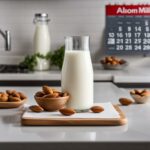 Does Almond Milk Go Bad? How to Tell and Storage Tips.
Does Almond Milk Go Bad? How to Tell and Storage Tips.
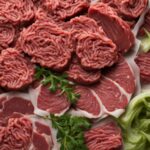 How to Tell if Ground Beef is Bad: Safety First
How to Tell if Ground Beef is Bad: Safety First






